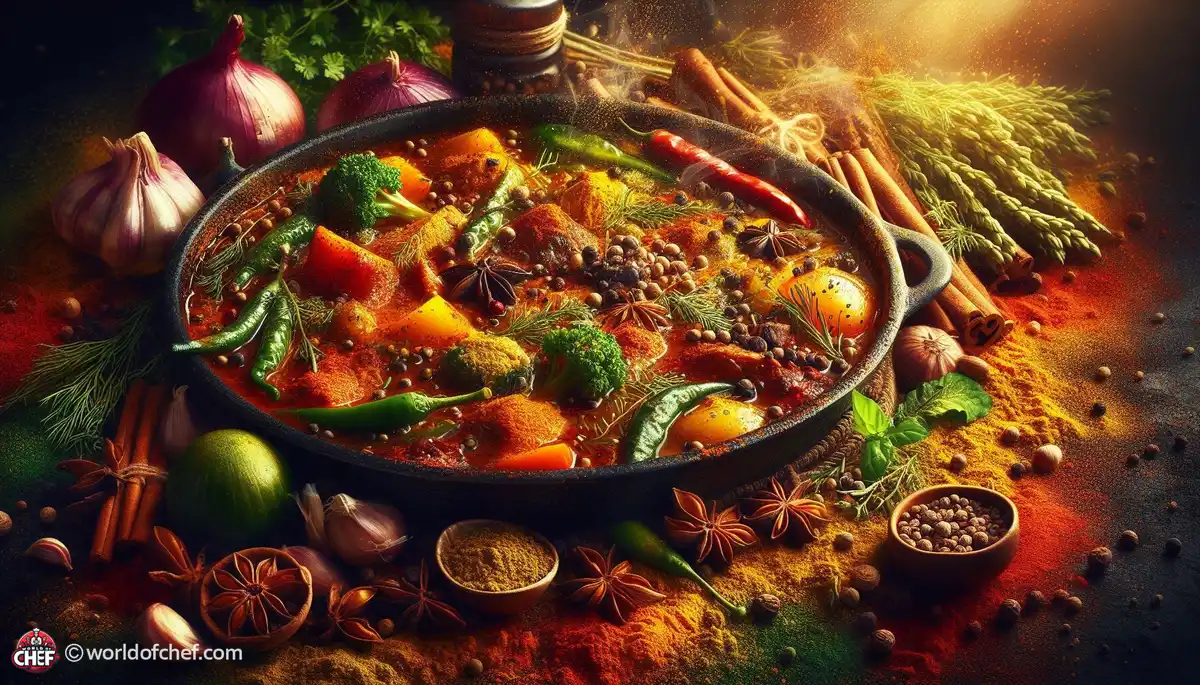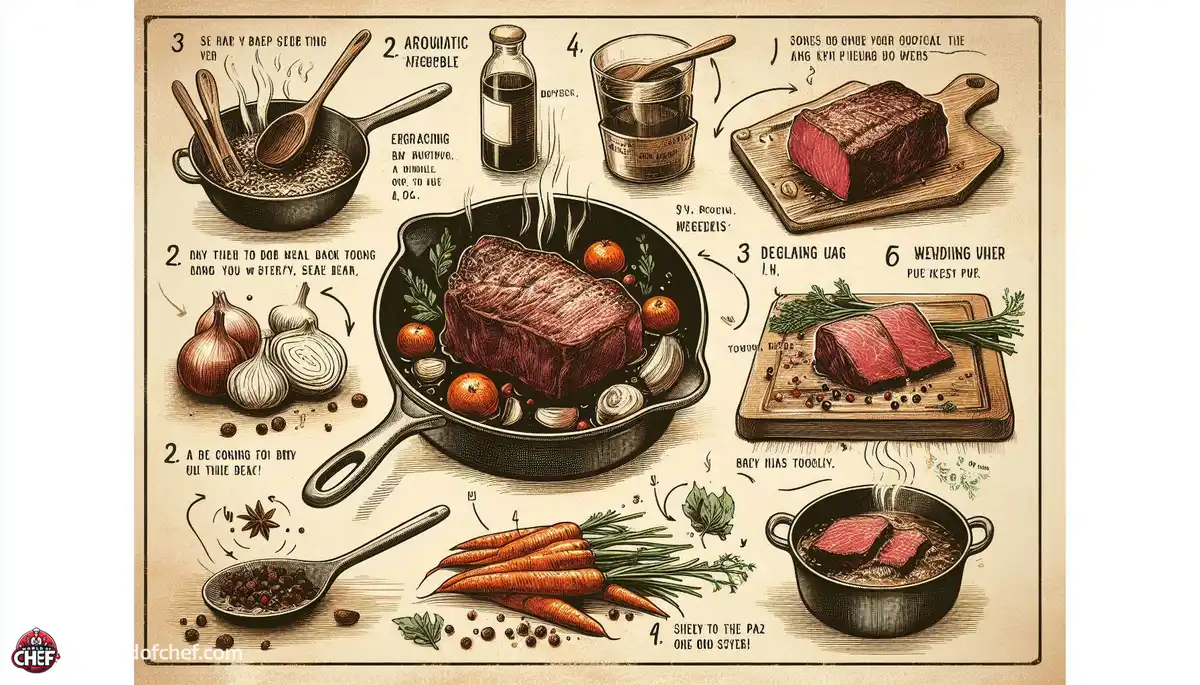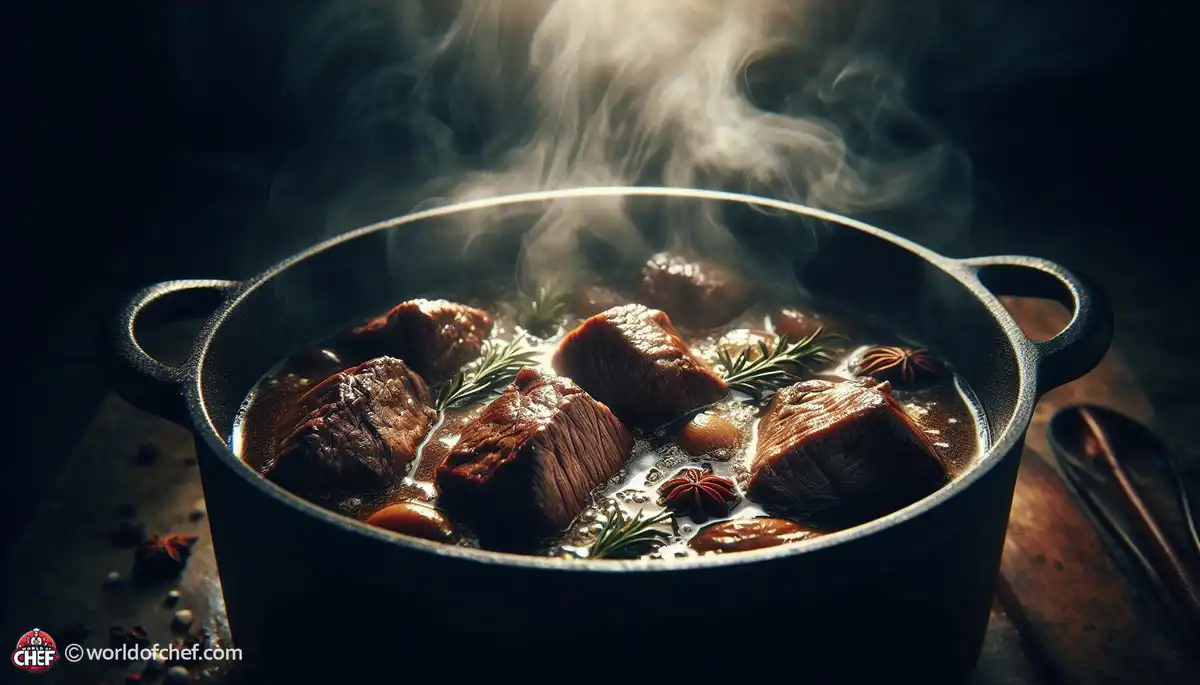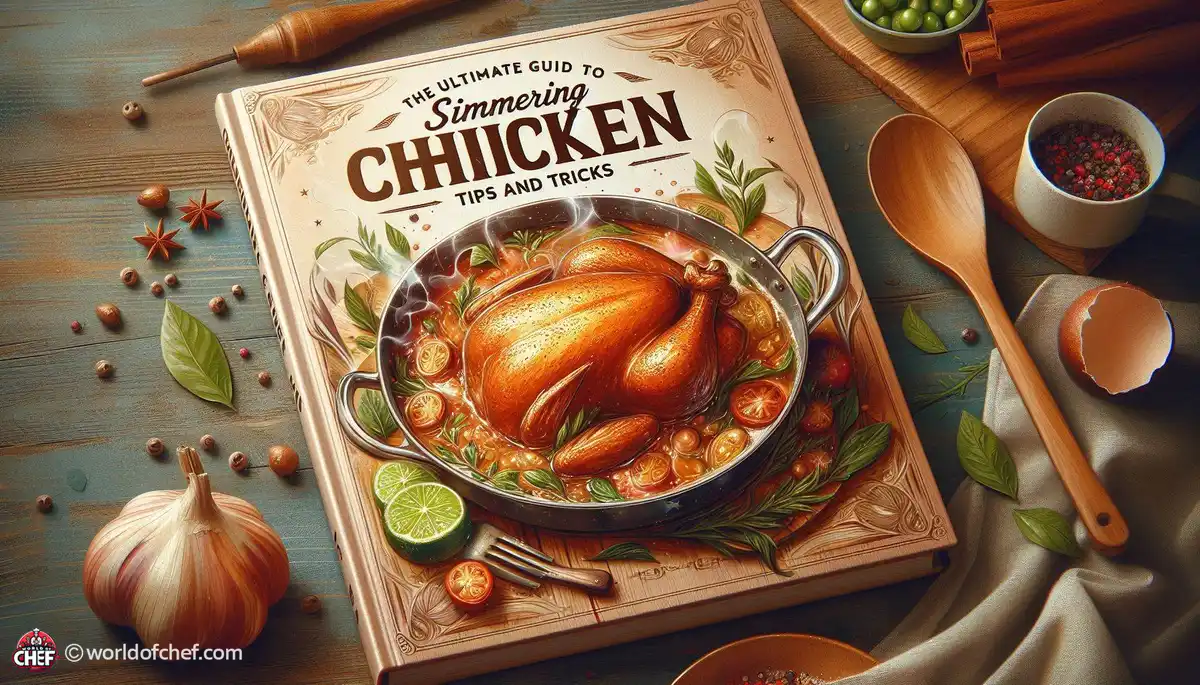
Simmering with Spices: Infusing Flavor into Your Dishes
Emery Donley - Oct 8, 2024 - 8 min read


Braising is the process in which meat, typically meat with a significant amount of connective tissues, gets browned first at high temperature and then cooked slow in liquid at low temperatures. This perfect cooking for tougher cuts, such as beef chuck or brisket, breaks the connective tissues and tends the meat. Beef is juicy, full-bodied, and absolutely melts into your mouth.
Braising offers magic for tougher and more inexpensive cuts of beef to become succulent and mouthwatering. It basically cooks the meat low and slow in a flavorful liquid by breaking down collagen in connective tissues, which makes the beef tender and falls apart. In addition, the long time allows the flavors to mingle together, making it rich and satisfying.
The best cuts for braising beef are not always the equal cuts. It will be found that the best cuts contain much connective tissue such as chuck roast, brisket, or short ribs. The cut may initially be tough but becomes tender and flavorful if it is cooked well by braising.
For the braising beef, check the cut, the amount of marbling, and the fattiness. Braising fits this meat perfectly for producing tender and flavorful dishes like this chuck roast because this particular cut is richly fattened. In addition to that, check how large and thick the portion of beef is: the greater the size and thickness are, the longer it would need to be cooked through.
The beef should be well prepared before you start braising. Pat the meat dry with paper towels so that it hits the pan and not steam. Add ample salt and pepper, or your favorite seasoning blend, to the beef to add flavor.
A good braise also boasts a deep caramelized crust on the meat. To get this crust, you'll want to use a heavy-bottomed skillet or Dutch oven. Turn the heat up to medium-high and add a little bit of oil. Let that oil start to shimmer. Add your beef gently, and then sear all the sides of the meat to golden brown. Layers will build from this, ultimately giving your dish a really wonderful flavor.
Onions, garlic, carrots, and celery are the aromatics. These are the flavors of braised dishes. Vegetables add depth to a dish and also create a balance for the richness in the beef. Chop fine and sauté them in the same pot in which you sear the meat. This way you can scrape up browned bits from the bottom of the pan for extra flavor.
Apart from aromatics, herbs and spices are essential for braised beef flavoring. You can use bay leaves, thyme, rosemary, and peppercorns; however, you may also use any flavor that you like. Tied together with kitchen twine or placed in a piece of cheesecloth for easy removal before serving.
The braising liquid is an important component of the final flavor of the dish. Choose a flavorful liquid such as beef broth, red wine, or a combination of both. The liquid not only adds moisture but also infuses the beef with rich, savory flavor as it cooks.
When selecting a braising liquid, consider other ingredients in the dish and balance flavors. For example, if using a rich cut of beef, such as short ribs, a full-bodied red wine will work well with the meat. If using leaner cuts, such as brisket, beef broth or a combination of broth and wine works well.
Braising is the slow-cooking method and requires patience and low temperatures. After browning meat and sautéing aromatics, add your liquid and bring it to a gentle simmer. Now, cover the pot tight and reduce the heat as low as possible. Just let the beef cook in the slowest manner in an undisturbed mode until it becomes tender easily pierced with a fork.
Braised beef needs a long time for cooking depending on the size or cut thickness. Using a fork to poke for one to check the docket, if it easily breaks away or becomes fork tendered then it's time, and if not, it continues with the cooking. Time checks are done to ensure that there is proper docketing for a good texture.
Finally, take the beef out of the braising liquid, and let it rest for a few minutes before presenting it. This allows juices to distribute themselves throughout the meat, ensuring that the beef is juicy and flavourful with every bite. In addition, any leftover fat skimmed from the braising liquid when the meal is served will contribute to create a cleaner, more refined dish.
Braised beef can pair well with many different accompaniments, from a side of mashed potatoes and creamy polenta to serving alongside crusty bread for spooning up the fantastic sauce. Add some pops of color and brightness to top with fresh herbs. Serve from the pot or transfer to a platter for an easy elegant presentation.
Braising is not a quick-cooking method, but the results are worth the wait. Be patient and allow the beef to cook low and slow until it is tender.
Season the beef well with salt and pepper before cooking. Do not be afraid to season liberally-it will add flavor to the final dish.
If the beef becomes overcooked and tough, do not worry. You can shred the meat and add it to tacos, sandwiches, or soups, where the texture does not matter.
If too watery or too liquid, simmer, uncovered over medium heat until the sauce has reduced and thickened a bit. Or add equal parts of flour and water mixed to a smooth slurry, whisking this into the sauce to thicken.
Braising beef is intimidating for most; however, using the appropriate techniques and a bit of patience, it is indeed possible to master. Be it for some special occasion or just another cozy dinner at home, braised beef will undoubtedly impress you. So get ready, roll up those sleeves, gather your ingredients, and get set to create that delicious masterpiece having everyone coming back for more.

Emery Donley - Oct 8, 2024 - 8 min read

Russell Comeaux - Oct 8, 2024 - 8 min read

Walter Backus - Oct 7, 2024 - 8 min read

Samantha Thames - Oct 7, 2024 - 6 min read